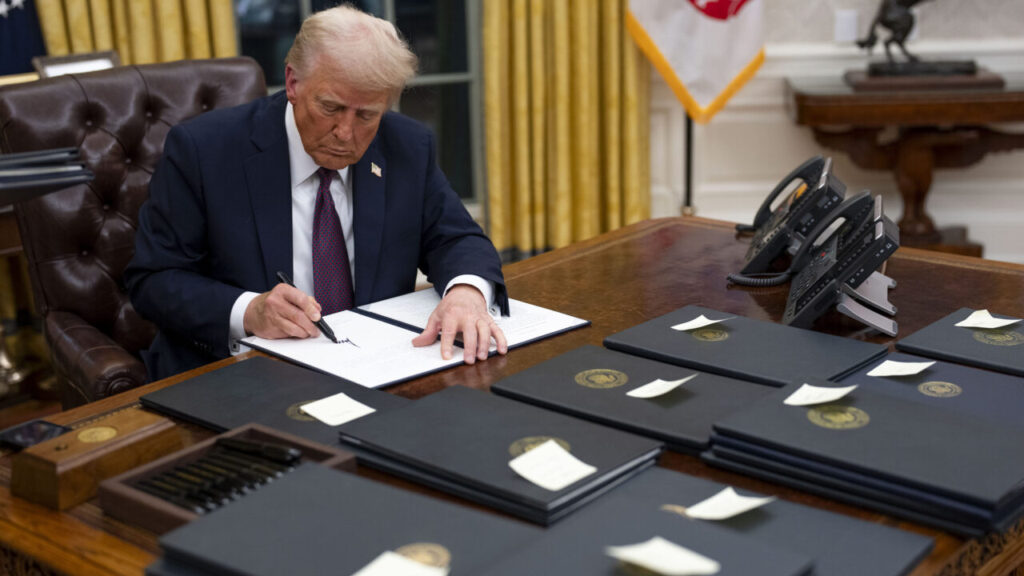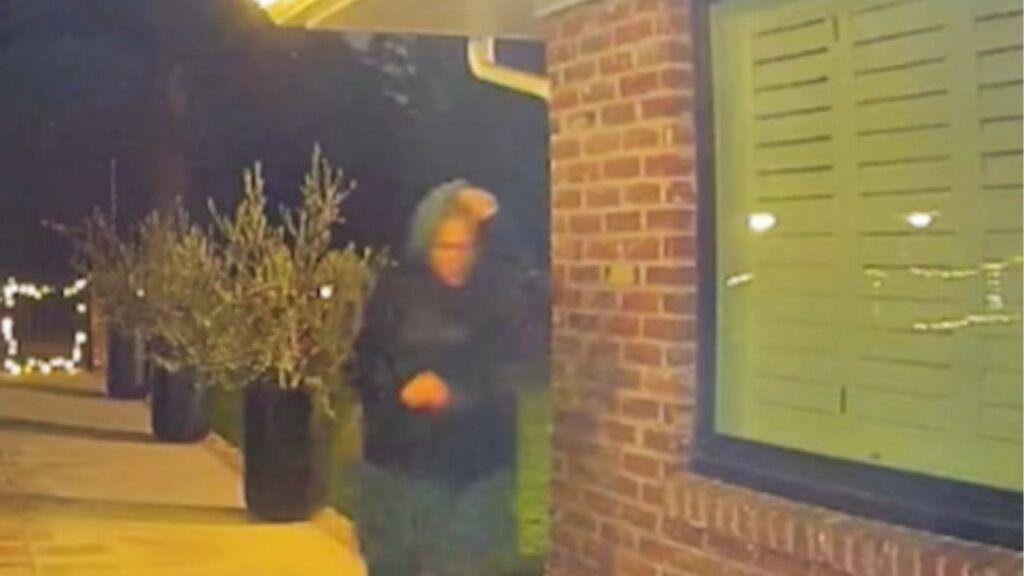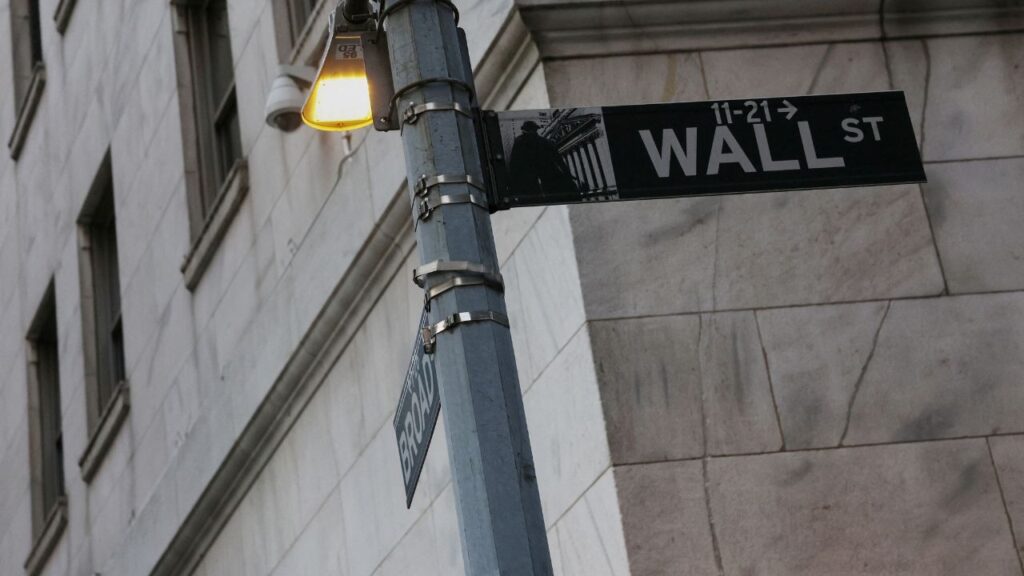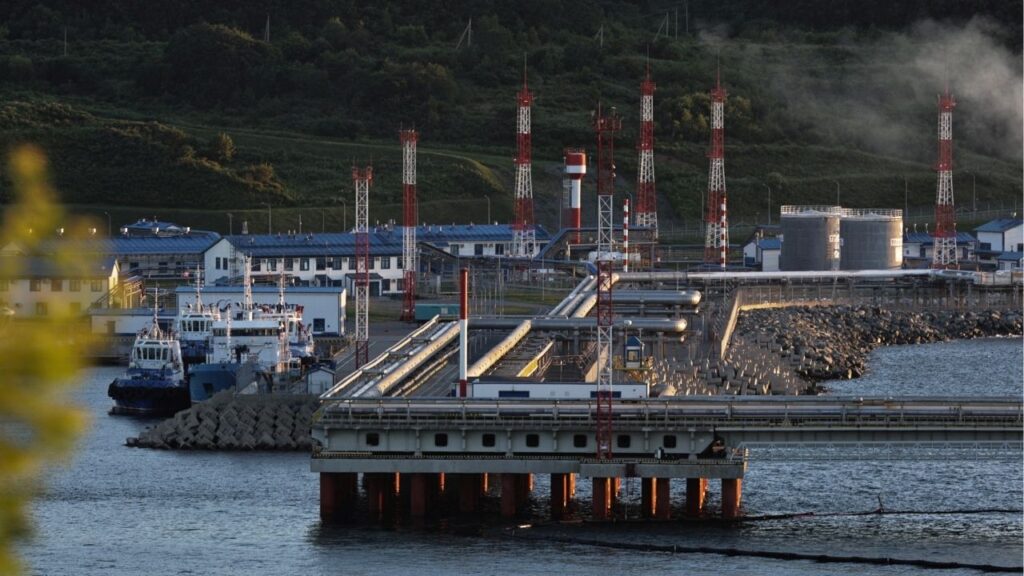Share
|
Getting your Trinity Audio player ready...
|
California college educators have long wrestled with a multi-headed dilemma of how to raise up the number of college-educated residents, including in the Central Valley where 68% of residents finish high school but don’t go on to college.
It’s partly the need to educate workers that the state needs to keep its economy strong. In addition, it’s about the equity of access to higher education, for which privilege traditionally has played a large part, said Dr. Sonya Christian, chancellor of the California Community Colleges system said Friday in Fresno.
That needs to change, and Christian said she’s hoping to build on the strong connections that have been fostered by the Central Valley Higher Education Consortium to develop a Central Valley Pathways Project as a model for the state.
Christian announced the new pathways project at the consortium’s Summit 2023 at the Fresno Convention Center’s Valdez Hall in downtown Fresno. One of the goals is for the number of students who earn an associate degree for transfer — meaning they are guaranteed admission to a four-year campus — to actually go on to a four-year institution, because these days many do not, said Christian, a former Kern County community college leader who became the state’s community colleges chancellor in June.
Ease the Path to College
California needs to adopt an opt-out approach to higher education instead of opt-in, Christian said. Students who are lower-income, whose families do not have college experience, or who face other barriers such as language can find it difficult to navigate the many steps necessary to enroll in college.
The California Community College’s Vision 2030 plan includes plans for every high schooler to enroll in at least one college class as early as the ninth grade, Christian said.
“That could just be a one-unit, Entering College class, during which the high school student can start planning and thinking about career preparation and then identifying a college educational plan right in the ninth grade. And get those 12 units of college credit done by the time they graduate high school,” she said.
High school students can take college classes through dual enrollment, through which they earn both high school and college credit. Because they are high schoolers, they do not pay class fees or tuition.
Improve College Pathways
The Central Valley Pathways Project will have three main areas:
- Using the Program Pathways Mapper, students will be able to map out the courses they will need for the certificate or degree they want to earn. Through the Pathways Project, connections will be strengthened among the many community colleges, Fresno State, CSU Bakersfield, and Stanislaus State, and the University of California at Merced.
- To achieve the California Community College’s Vision 2030 plan, new infrastructure will be developed to automatically enroll community students who have earned their associate degree for transfer into a four-year institution.
- The project will also build on existing projects to clarify and streamline transfer pathways for science, technology, engineering, and mathematics majors, creating curriculum and course sequences that will be recognized among university partners.
The Transfer Pathways Demonstration Project will be in addition to programs such as Fresno State’s Bulldog Bound program, which guarantees admission to high schoolers who meet graduation and coursework requirements. Fresno State’s Bulldog Bound partners include Fresno Unified School District.
RELATED TOPICS:
Categories


















